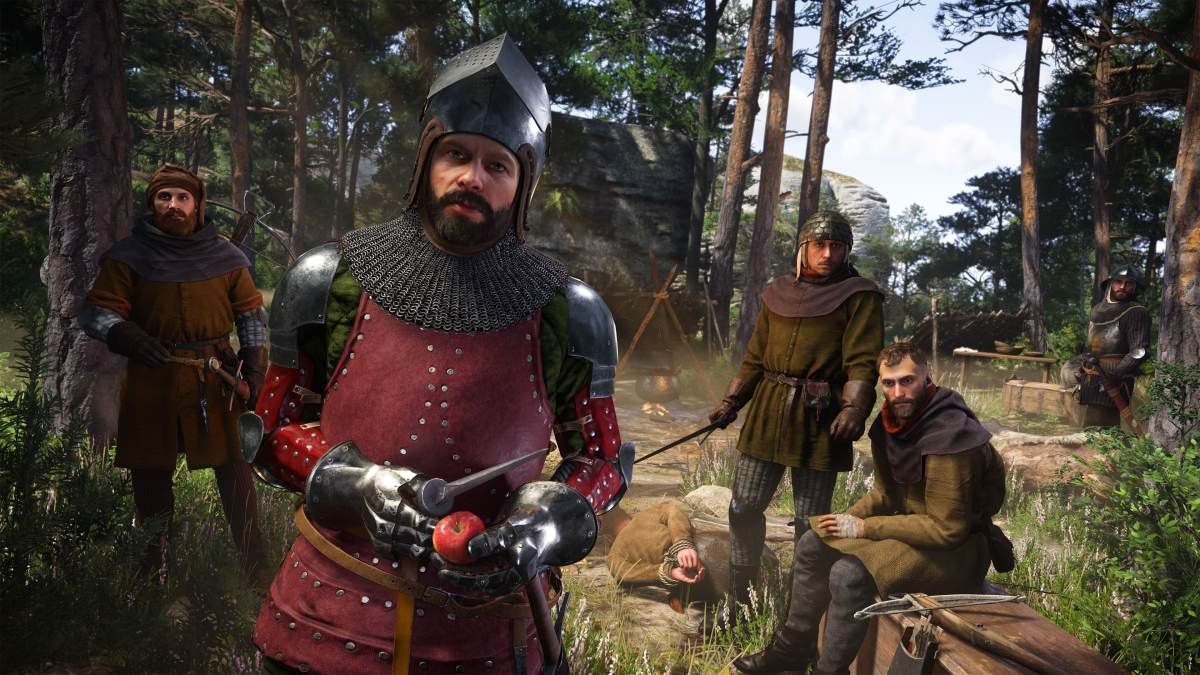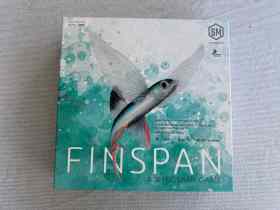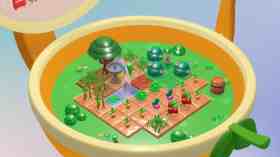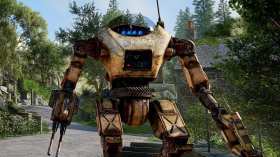In 2012, celebrated American novelist Neal Stephenson and his team ran a successful Kickstarter for a video game called Clang, which promised to deliver the most immersive, realistic sword-fighting the medium had ever seen. Two years and USD$500,000 later, the Clang project was mothballed, with Stephenson stating simply that “it wasn’t very fun to play.” Kingdom Come: Deliverance II is Clang brought to term.
I never played the original, so my view of Kingdom Come: Deliverance II is that of a newcomer. I was keenly aware of its whole bit, of course – a deeply systems-heavy, role-playing game. Dungeons but no dragons, as it were, and all steeped in a slavish devotion to the notion of historical accuracy.
Here’s the thing: in so many ways, that is exactly my kind of jam. I’ve always been a history nerd. I’ve always been a fan of Eurojank, and games that earnestly try to be different, even when doing so in ways that are kind of ‘bad’. I love thinking about the design of gameplay systems so much that I went and got a university degree in it.
Despite all of this, I still struggled to get on with Kingdom Come: Deliverance II’s bullshit, (and it is a game which deeply insists upon its bullshit).

Hans, bubby, I’m your white knight!
The sequel makes little effort to catch players up to speed on the story so far. The opening hour features several flashbacks, but they don’t really communicate much – and given how intensely the tale being told here feels as if it’s all second-act, that’s a bit of a problem.
The focal point of the story is the relationship between the protagonist Henry and his lord Hans, as they’re dropped into new lands where Hans’ authority is neither recognised nor respected.
Maybe the first game puts in effort to make Hans likeable, and he and Henry’s friendship endearing, but Kingdom Come: Deliverance II spends its first half depicting Hans as if he’s an insufferable preppy rich kid in an 80s frat movie, who simply cannot comprehend the level of disrespect he has to put up with from everybody. I loathed him from the opening scene, and spent the entirety of my 57 hours of play time desperately hoping an executioner’s axe would eventually free Henry of him for good.
But let’s talk gameplay. Kingdom Come: Deliverance II is The Most Game that I have ever played. Every mechanical system is over-designed to a goddamn mind-bending degree. The developers were vocal from the series’ inception that immersive historical realism was the guiding design principle, but keeping that in mind just sharply highlights how deeply video-game silly so much of it is.
Your weapons will be less effective if you don’t regularly spend a tediously long amount of time doing fiddly sharpening work on a grind wheel, but you can also chug a potion that makes you better able to command your dog. Saving your game requires the use of consumable potions, or sleeping in a bed that you have permission to use, but you can also just hit ‘save and quit’ from the pause menu at any time. Quest locations will get marked on your map and your log updated with important information, except for the times when they don’t, and the game expects you to remember things or have made your own notes.
It all just left me constantly baffled about where it arbitrarily chooses to draw its lines. It’s made all the more painful by the fact that Henry has the skills of an ailing toddler until you significantly level and gear him up.
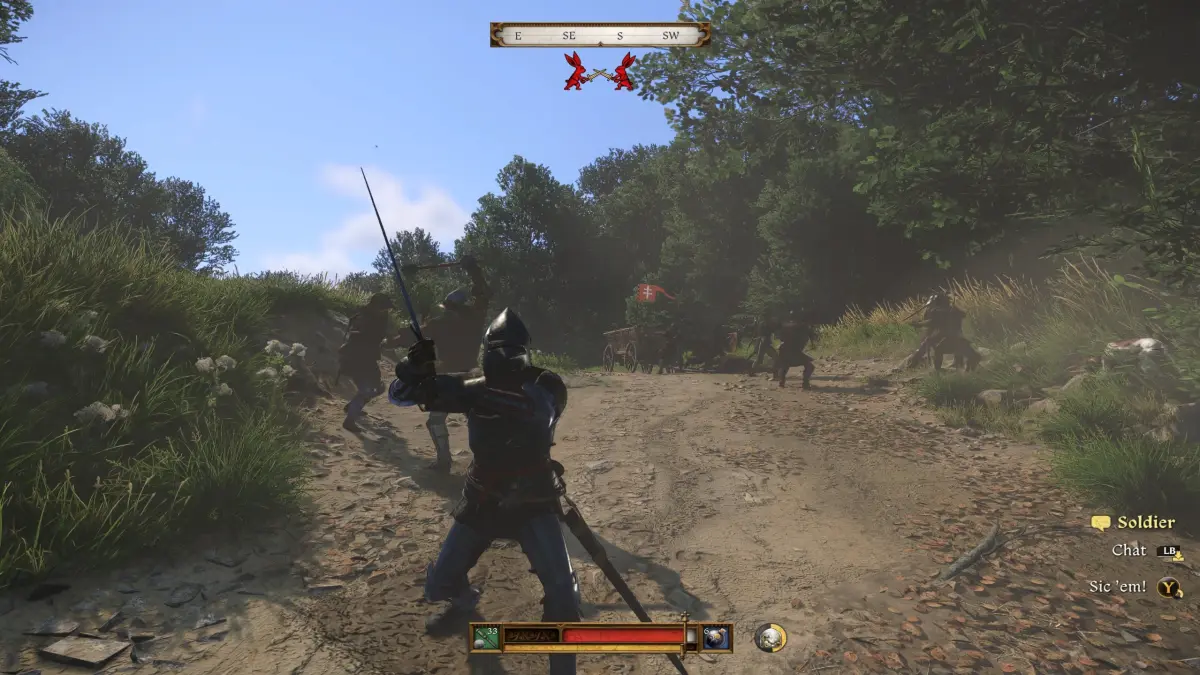
*Minor* spoilers for Kingdom Come: Deliverance II
My breaking point came early in Kingdom Come: Deliverance II’s second half, and I’m going to touch very lightly on a spoiler of the game’s narrative structure. Generally, the instinct of a reviewer is to stick with the core questline of a game such as this, purely in the interests of getting the game finished before the embargo.
The supporting documentation provided by the publisher suggested completing two or three side-quests in each map just to experience what they offer, which is fair enough. The combination of my ADHD-addled brain and the fact that the main story quests kept throwing difficulty barriers up led to me doing all but two of the side quests in that first zone – and the only reason I didn’t finish those two was because each fully broke thanks to clashes of the games systems.
I also did hours of random wandering and looting just to be sure that I was finding all the best gear that was out there. The game had made it known that I’d be cut-off from the open-world for several hours once I properly began the quest the first act had been building towards, so I made an effort to be as over-prepared as possible.
I got through the several hours long bottle-necked section just fine, and emerged in a whole new map in Kingdom Come: Deliverance II‘s second half. I then completed the first couple of story quests before being thrown into one with a practically mandatory battle – there’s a skill check to possibly avoid it but even with my speech-focused build I couldn’t pass it – that was utterly impossible for me to win. I was wearing the best armour I could find in the first map, and wielding what felt like the role-player’s choice of weapon, but after dozens and aggravating dozens of attempts, I just couldn’t do it.
Okay, I thought, fair enough. Maybe I’m supposed to explore this new zone first and come back, despite the narrative fiercely pushing me not to do so. So I loaded a slightly earlier save and explored the new lands as much as possible. Unfortunately, this proved largely fruitless, as there wasn’t anything much I could do in it.
Most of the NPC’s (aside from vendors) couldn’t be interacted with, presumably as I’d not yet gotten past the event-triggering core story quest to properly activate them. The game had given zero suggestion that I wouldn’t be ready for what was featured in that lengthy bottleneck section, or what was immediately on the other side of it. In fact, all signs had pointed to me having ridiculously over-prepared for it.
After 57 hours of bashing my head against countless over-designed systems that frequently clashed against one another, I’d had enough. I simply don’t believe that Kingdom Come: Deliverance II is a well-designed game. It is the MOST designed game, but not a well-designed one.
Additionally, a lot of drama and discourse has occurred around the series’ representation efforts, or lack thereof. I can’t really speak about the original, but I have to talk about the colossal *yikes* that is some of Kingdom Come: Deliverance II’s character work.
Early in the first act, you come across a Jewish merchant named Mordecai Haim. As well as being a vendor, you can engage him in the same kind of ‘hey, how’s it going? Anything going on in the area?’ small talk as you can with most NPCs. His response to such an inquiry? ‘Pay me’. Jesus Christ.
There’s also a character who is revealed as being gay during the core questline, but adding this element to their characterisation is to fall back on such an agonisingly tired, boring and dated series of tropes that I’d frankly rather they’d just not have even gone there at all.
Read: Kingdom Come: Deliverance II preview – Life in a medieval town
I almost appreciate its over-commitment to the bit – almost
I do like elements of Kingdom Come: Deliverance II. Some of the writing is compelling, even if many of the characters weren’t for me. The open-nature of how many quests can be solved is fascinating and deeply clever, and it looks great and runs wonderfully even on the Steam Deck.
Kingdom Come: Deliverance II is a game that unabashedly demands you meet it on its level, which I do find somewhat admirable. I just constantly found it to be a miserable slog to engage with, where everything was ten times more overblown than it had any business being. There’s a fascinating sandbox deep down within it, but digging through the mountain of muck to appreciate it was simply more than I could stand most of the time.
Two-and-a-half stars: ★★½
Kingdom Come: Deliverance II
Platforms: PC, Xbox Series X/S, and PlayStation 5
Developer: Warhorse Studios
Publisher: Deep Silver
Release Date: 4 February 2025
A PC code for Kingdom Come: Deliverance II was provided by the publisher for the purposes of this review.
